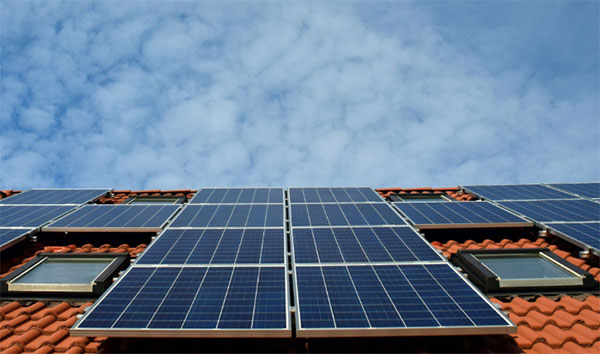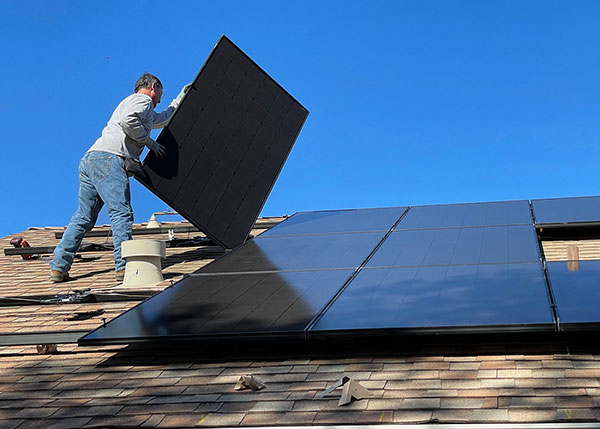Description
Solar cells can be connected in either series or parallel, depending on the desired voltage and current output requirements.

Understanding Solar Cell Connections
Solar cells, a cornerstone of photovoltaic technology, harness sunlight to generate electricity. Their effectiveness hinges on how they connect, directly impacting the overall performance of solar panels.
Basics of Solar Cell Functionality
A solar cell functions by absorbing sunlight and converting it into electricity. This process involves layers of semiconductor materials, typically silicon, which create an electric field. Photons from sunlight knock electrons loose in this field, generating a flow of electricity. The efficiency of this process is crucial, as it determines the amount of electricity produced from the available sunlight. Here, factors like material quality, size, and specifications play a pivotal role.
Series vs. Parallel: Key Differences
Series Connections in solar cells involve linking them end-to-end, creating a cumulative voltage effect. Each cell adds its voltage to the total output, but the current remains constant. This configuration is advantageous for achieving higher voltages, essential in applications where space is limited. However, a significant drawback is that if one cell in a series gets shaded or damaged, it can significantly reduce the output of the entire string of cells.
Parallel Connections, on the other hand, involve connecting the positive terminal of one cell to the positive of another and similarly with the negative terminals. This setup maintains the voltage constant but increases the current. It's beneficial in conditions where shading might be an issue, as each cell operates independently. However, parallel connections require more space and can be costlier due to the need for additional wiring and equipment.
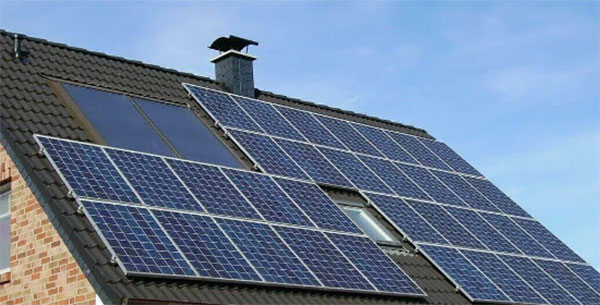
Series Connections in Solar Cells
Series connections play a pivotal role in the functionality and efficiency of solar panels. By understanding the mechanics and implications of series connections, one can optimize solar energy systems for various applications.
How Series Connections Work
In a series connection, solar cells link together in a chain. Each cell has a typical voltage output, often around 0.5 volts. By connecting them in series, the voltages add up while the current remains the same as that of a single cell. For example, if 20 cells are connected, the total voltage output could be around 10 volts (20 cells x 0.5 volts each), with the current equal to that of one cell.
This setup is particularly useful in achieving the required voltage for charging batteries or powering electrical devices. It's a fundamental aspect of designing solar panels, where the size and number of cells determine the panel's overall voltage output and compatibility with different applications.
Advantages and Limitations of Series Connections
Advantages:
- Higher Voltage Output: Series connections efficiently increase the voltage, crucial for many applications, without demanding more space.
- Efficiency in Limited Space: Ideal for situations where panel size is constrained, as it maximizes output within a small area.
- Simplified Wiring: Less complex wiring is needed compared to parallel connections, which can reduce overall material and labor costs.
Limitations:
- Shading Impact: If one cell gets shaded, it can significantly reduce the output of the entire string, as the current is limited by the weakest cell.
- Mismatch Losses: Variations in cell performance due to manufacturing differences or partial shading can lead to mismatch losses, impacting the efficiency.
- Limited Customization: The design is less flexible in terms of adjusting the current output, which can be a downside for certain applications.
Parallel Connections in Solar Cells
Parallel connections in solar cells are a critical component in the design and efficiency of solar panels. This configuration has unique characteristics that make it suitable for specific applications, especially where consistent current output is vital.
Mechanics of Parallel Connections
In parallel connections, the positive terminals of all solar cells connect together, and similarly, all negative terminals link together. This arrangement maintains the voltage output of a single cell but sums the currents of each cell. For instance, if each cell produces 0.5 volts and 3 amps, ten cells in parallel still produce 0.5 volts, but the current increases to 30 amps.
This approach is particularly beneficial when the solar panel needs to deliver a significant current at a specific voltage, common in systems like home solar installations where the voltage requirement is fixed but a high current is needed for efficient power generation.
Benefits and Drawbacks of Parallel Connections
Benefits:
- Stable Voltage Output: Parallel connections maintain a consistent voltage, crucial for applications requiring a specific voltage level.
- Reduced Shading Impact: The current from unshaded cells continues to contribute to the total output, minimizing the effect of partial shading.
- Flexibility in Design: Allows for more customization in terms of current output, making it suitable for a wider range of applications.
Drawbacks:
- Increased Wiring Complexity: Requires more complex wiring and connectors, potentially leading to higher costs in materials and installation.
- Space Requirements: More space is needed to accommodate the same number of cells compared to a series configuration.
- Current Mismatch Issues: Variations in current output from individual cells can lead to inefficiencies, requiring more precise manufacturing and quality control.
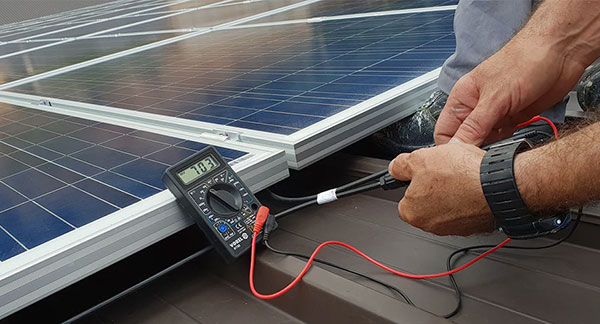
Comparative Analysis of Series and Parallel Connections
A comprehensive understanding of series and parallel connections in solar cells is essential for optimizing the performance and efficiency of solar panels. This analysis delves into the specifics, comparing these two configurations across multiple dimensions.
Efficiency Comparison
The efficiency of solar cells in series and parallel connections can be compared across various aspects such as voltage, current, impact of shading, and overall system costs. The following table provides a detailed comparison:
| Aspect |
Series Connection |
Parallel Connection |
| Voltage Output |
Higher, as voltages of cells add up |
Constant, equal to one cell’s voltage |
| Current Output |
Constant, equal to one cell’s current |
Higher, as currents of cells add up |
| Shading Impact |
High; shading one cell affects the whole string |
Low; less impact from shading on individual cells |
| System Complexity |
Less complex wiring |
More complex wiring and connectors |
| Space Efficiency |
More efficient in limited spaces |
Requires more space for same number of cells |
| Cost Implications |
Generally lower due to simpler wiring |
Potentially higher due to more wiring and connectors |
| Flexibility |
Less flexible in adjusting current output |
More flexible in terms of current customization |
| Manufacturing Tolerance |
Sensitive to cell mismatch |
More tolerant to variations in cell performance |
Impact on Solar Panel Performance
Series Connections:
- Advantageous for high-voltage requirements in applications like grid-connected systems.
- Efficiency can significantly drop due to shading or cell damage, as the entire string's performance is dictated by the weakest cell.
Parallel Connections:
- Ideal for systems where high current is needed, such as in off-grid solar systems with battery storage.
- Better performance under partial shading conditions, as each cell operates independently, reducing the overall impact of shading.
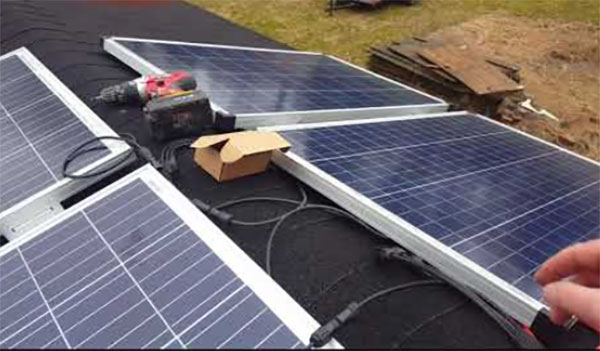
Practical Considerations in Solar Cell Configurations
Selecting the right solar cell configuration is a critical decision that impacts the efficiency, cost, and overall performance of solar power systems. This section covers key considerations and real-world applications to guide this choice.
Choosing the Right Configuration for Specific Needs
When selecting a solar cell configuration, several factors must be considered:
Power Requirements: Determine the voltage and current necessary for your application. For high-voltage needs, series connections are preferable, while parallel connections suit high-current demands.
Space Constraints: In limited spaces, series connections are more efficient. Parallel configurations require more area for the same number of cells.
Budget: Series connections typically involve lower costs due to simpler wiring and installation. Parallel connections might incur higher costs due to more complex wiring and the need for additional equipment.
Shading Conditions: If the installation area is prone to shading, parallel connections offer better resilience, as they are less impacted by partial shading.
System Longevity: Consider the longevity and maintenance of the system. Series connections can be more susceptible to issues like cell mismatch, which might require more frequent maintenance.
Real-World Applications and Examples
Residential Solar Panels:
- Often use series connections for roof installations, where space is limited, and high voltage is needed for grid compatibility.
- Parallel connections are used when sections of the roof are shaded at different times, ensuring more consistent power output.
Large Solar Farms:
- Typically utilize series connections to maximize space efficiency and align with the high-voltage requirements of power grids.
- Advanced monitoring systems are used to mitigate the effects of shading and cell mismatch.
Portable Solar Devices:
- These devices, like solar-powered chargers, usually employ parallel connections due to their flexibility and tolerance to varying light conditions.
Off-Grid Systems:
- Commonly use a mix of series and parallel connections to balance the need for high current (for battery charging) and high voltage (for inverter efficiency).





